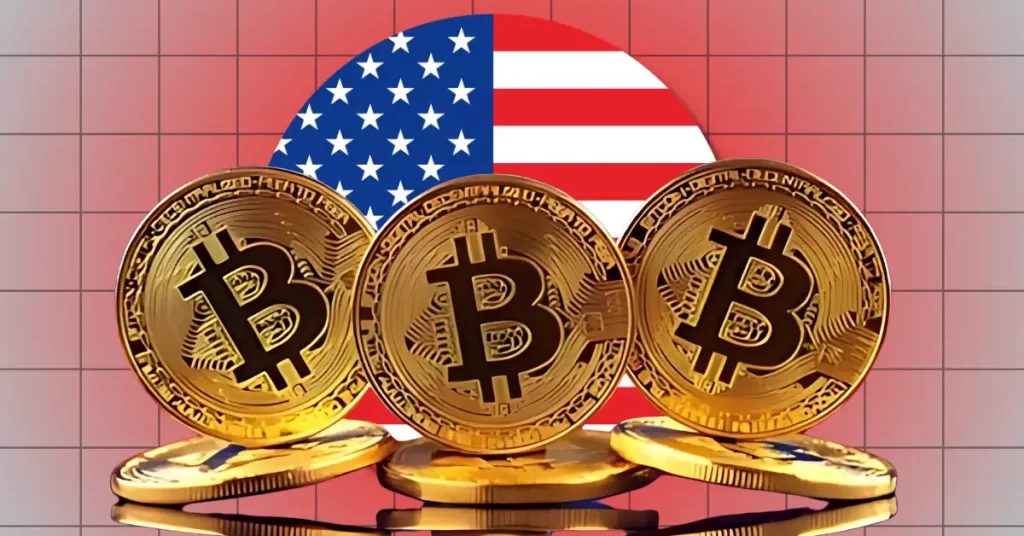Bitcoin Whales Cut Back: Average Holdings At Lowest Since 2018
On-chain data shows the size of the average Bitcoin whale has dropped to the lowest level since 2018, a sign that may be bearish for BTC’s price.
Average Bitcoin Whale Is Holding Just 488 BTC Now
In a new post on X, on-chain analytics firm Glassnode has discussed about the latest trend in the average supply held by Bitcoin whales. Glassnode defines “whales” as entities holding between 100 and 10,000 BTC. At the current exchange rate, the range’s lower bound converts to $11.2 million and upper one to $1.1 billion.
Thus, the only investors who would qualify for the cohort would be the big-money traders. These holders can carry some degree of influence in the market, so their behavior can be worth keeping an eye on.
The behavior of the cohort as usually gauged from their total holdings, however, can provide a skewed picture about the sentiment among them, as the investors toward the larger end of the range have more of a weightage in it.
One way to pinpoint the behavior of the average whale is by looking at the size of the holdings of the average member of the group. Below is the chart shared by Glassnode that shows the trend in this metric for Bitcoin over the last few years.

As is visible in the graph, the average Bitcoin supply per whale peaked back in early 2022, but switched to a decline as the bear market took over the sector. This suggests the whales reduced their exposure to the cryptocurrency during this period.
With 2023 starting a recovery run for BTC, the average whale started loading up again, albeit at a slower pace than in the previous cycle. This accumulation continued until mid-2024, at which point it once more witnessed a reversal.
Interestingly, instead of backing the rallies that have occurred between then and now, the whales have only accelerated their selling alongside them. The late 2024 run, especially, saw these humongous investors shed their holdings at a rapid pace.
Today, the amount of Bitcoin supply held by the average whale sits at just 488 tokens, which is the lowest that it has been since December 2018, almost seven years ago.
In another X post, the analytics firm has also talked about how Ethereum whales have been doing recently. In particular, Glassnode has shared the trend in the holdings of the “mega whales,” holders carrying more than 10,000 ETH ($44.6 million).

As displayed in the above chart, the Ethereum mega whales participated in buying during the recent price surge, but their accumulation has now stopped with the 30-day change in their balance dropping to zero.
BTC Price
At the time of writing, Bitcoin is trading around $111,900, up more than 1% over the past day.
You May Also Like

Last Quiet Week for Crypto? Congress Set to Tackle Market Structure, Stablecoins, and Tokenization

Trump-Backed WLFI Token Hits All-Time Low, Sinks Under $0.18: What to Know?
